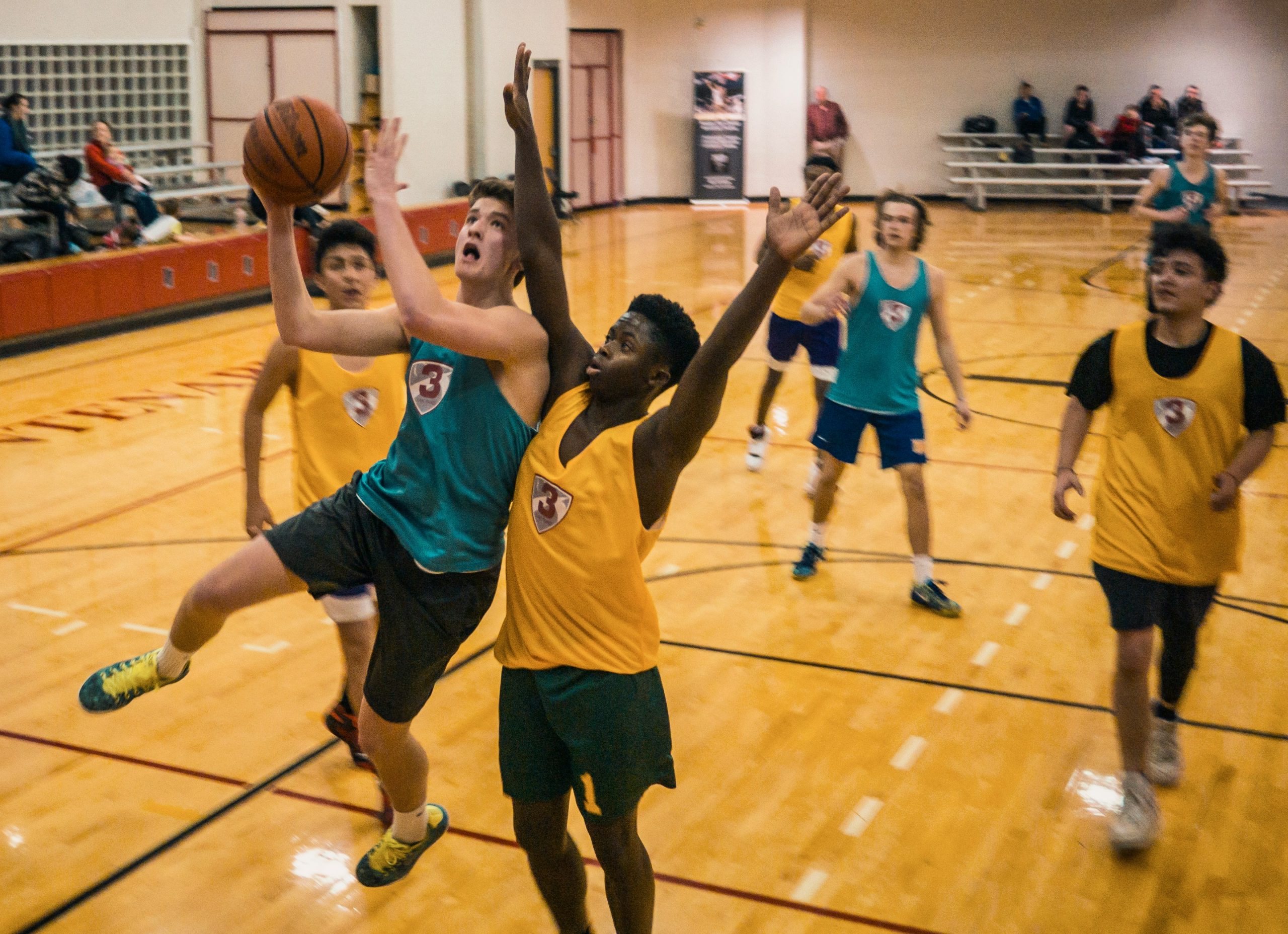Basketball is a physically demanding sport that often leads to injuries due to repetitive motions, high-impact activity, and sudden directional changes. Achilles tendonitis is among the most common injuries, alongside ankle sprains, knee pain, and muscle strains. Low-level laser therapy (LLLT) has emerged as an innovative and effective treatment for managing these injuries, offering a drug-free and non-invasive solution to support recovery.
This article explores how LLLT can benefit basketball players, focusing on its impact on Achilles tendonitis and other related conditions. We’ll also include real patient experiences and scientific backing for this promising therapy.
How LLLT Works for Basketball Injuries
Low-level laser therapy utilises specific wavelengths of light to penetrate the skin and tissues, triggering biological processes that promote healing and reduce inflammation. For basketball-related injuries, LLLT can be applied to areas such as the Achilles tendon, knees, and muscles to:
- Reduce Pain and Swelling: Laser therapy mitigates pain signals by modulating nerve activity and reducing inflammation in the injured tissue.
- Accelerate Tissue Repair: By stimulating cellular activity and collagen production, LLLT enhances tissue regeneration for quicker recovery.
- Improve Circulation: Enhanced blood flow delivers vital nutrients and oxygen to damaged areas, supporting healing and reducing recovery time.
- Prevent Chronic Issues: Regular use of LLLT may help prevent chronic conditions by addressing the root causes of inflammation and tissue damage.
Customer Testimonial: Recovery from Achilles Tendonitis
Caroline, a basketball enthusiast, shares her experience with LLLT:
“The device arrived in reasonable time, and a query was attended to promptly. Over the course of two treatment cycles, my Achilles tendinopathy improved greatly, with the swelling in the tendon much reduced.”
Caroline’s story highlights the effectiveness of laser therapy for sports-related injuries. Discover how the Handy Cure Low-Level Laser Device can support your recovery at Laser Pain Relief.
Common Basketball Injuries and Their Treatment with LLLT
- Achilles Tendonitis
Overuse and repetitive strain can lead to inflammation in the Achilles tendon. LLLT reduces swelling, alleviates pain, and supports tendon repair. - Ankle Sprains
Sprains from sudden movements are common in basketball. LLLT helps reduce pain and inflammation, speeding up recovery. - Knee Pain
Jumping and pivoting place stress on the knees, leading to conditions like patellar tendonitis. Laser therapy improves circulation and reduces inflammation in the knee joint. - Muscle Strains
Quick sprints and sudden stops can cause muscle strains. LLLT aids in reducing stiffness and accelerating muscle recovery. - Plantar Fasciitis
Intense activity can inflame the plantar fascia. Laser therapy targets this condition by promoting tissue repair and reducing pain.
Research Supporting LLLT for Sports Injuries
A notable study by Stergioulas A et al. (2008), published on PubMed, evaluated the effectiveness of LLLT for treating tendinopathies. The study revealed significant pain reduction and improved function in patients who underwent laser therapy, including those with Achilles tendonitis.
Key findings include:
- Faster recovery times for acute injuries.
- Significant reduction in inflammation markers.
- Improved mobility and pain relief in chronic cases.
The study’s rigorous methodology and peer-reviewed publication ensure its credibility. Access the study here.
Benefits of the Handy Cure Low-Level Laser Device
The Handy Cure Low-Level Laser Device offers a convenient and effective way to manage basketball injuries. Features include:
- Ease of Use: Simple controls make it accessible for athletes of all levels.
- Portable Design: Lightweight and easy to carry, perfect for on-the-go use.
- Quick Relief: Delivers fast results for pain and swelling reduction.
Discover more about the Handy Cure device here.
Addressing Common Questions About LLLT for Basketball Injuries
1. What injuries can LLLT treat in basketball?
LLLT is effective for conditions such as Achilles tendonitis, ankle sprains, knee pain, muscle strains, and plantar fasciitis.
2. Is laser therapy safe for athletes?
Yes, LLLT is a non-invasive and safe treatment with minimal side effects. It’s widely used by professional and amateur athletes.
3. How quickly can I expect results?
Most users experience relief within a few sessions, while chronic injuries may require consistent treatment over weeks.
4. Can I use the Handy Cure device at home?
Absolutely. The Handy Cure device is designed for safe and effective home use, making it ideal for athletes managing injuries independently.
5. Does laser therapy work for chronic injuries?
Yes, LLLT is effective for both acute and chronic injuries by reducing inflammation and promoting tissue regeneration.
Low-level laser therapy provides a cutting-edge solution for managing basketball injuries, from Achilles tendonitis to knee pain. Backed by scientific research and real-life success stories, devices like the Handy Cure Low-Level Laser Device offer a non-invasive and effective way to speed up recovery and enhance performance. For athletes seeking to stay in the game without relying on medication, LLLT is an excellent choice.
Disclaimer: Always consult with a healthcare professional before starting any new treatment for sports injuries.References:
Stergioulas A, Stergioula M, Aarskog R, Lopes-Martins RA, Bjordal JM. Effects of low-level laser therapy and eccentric exercises in the treatment of recreational athletes with chronic achilles tendinopathy. Am J Sports Med. 2008 May;36(5):881-7. doi: 10.1177/0363546507312165. Epub 2008 Feb 13. PMID: 18272794.
